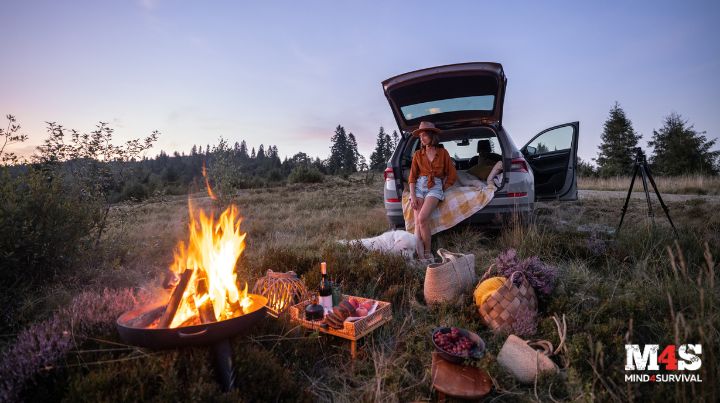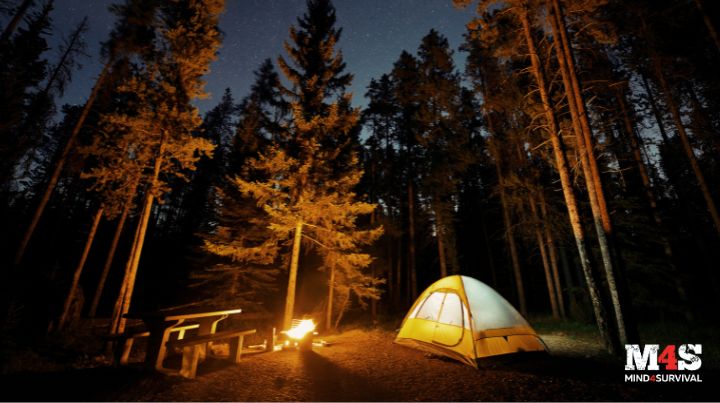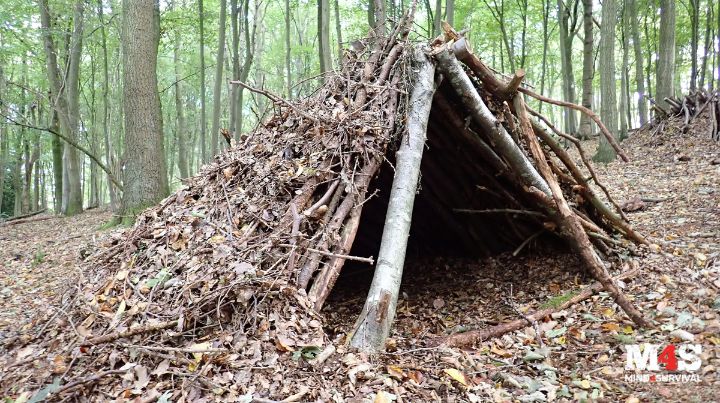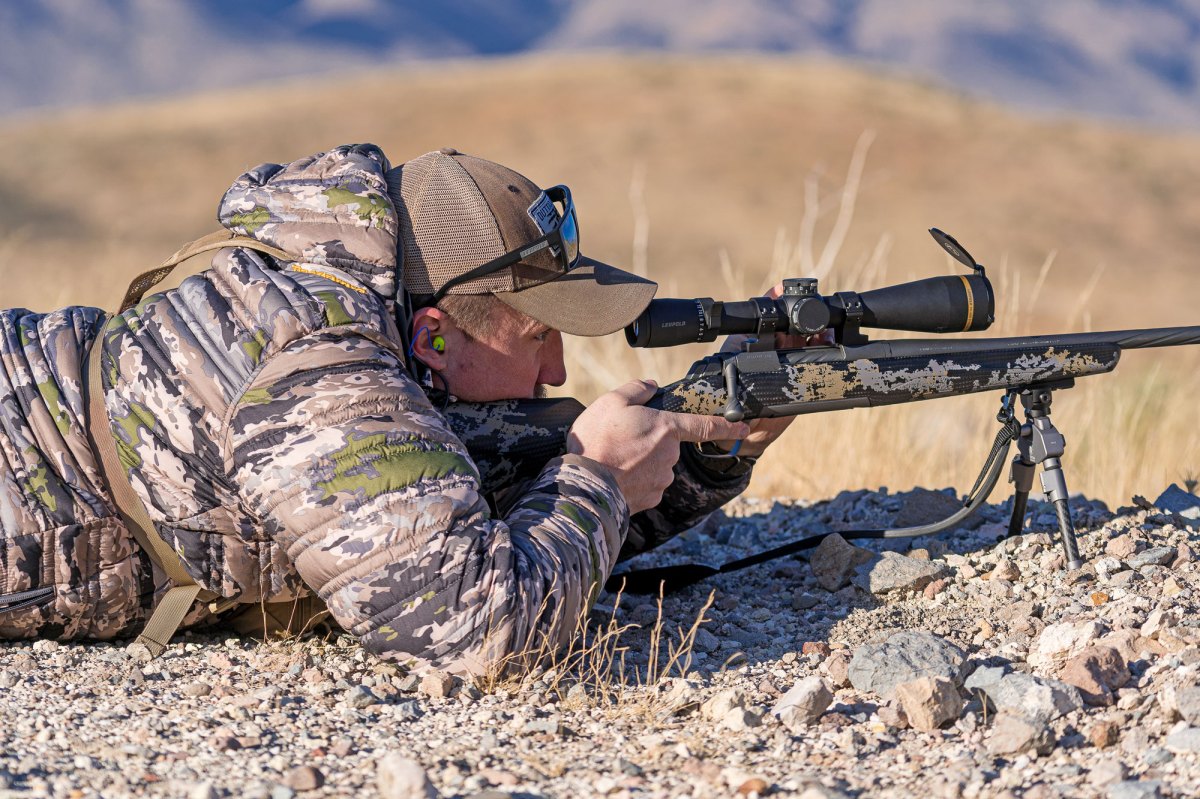Emergency Shelter Options That Could Save Your Life!

An important aspect of preparedness is having adequate shelter to protect you and your family from the environment and the biting, stinging, and dangerous things within it. When disaster strikes and your shelter (aka or home) becomes unsafe, having a reliable emergency shelter is crucial for you and your loved ones. This article covers various temporary shelter options to use should you need to leave your homes behind. Knowing your emergency shelter options can make a significant difference when you act quickly to escape the elements.
Quick Look at What You’ll Learn
Sheltering With Friends and Family
Should you be forced to leave your home behind and find temporary housing, staying with friends and family in their home is the best choice. It shouldn’t cost you anything and offers fantastic physical and moral support.
Because sheltering with loved ones is usually the best option, making arrangements ahead of time is a good idea. An excellent aspect of sheltering with friends and family is that you can be the temporary shelter option if they need assistance. In turn, by making agreements with several people, all involved can have a solid temporary shelter plan in place in case the world goes sideways. Be sure, when choosing people to shelter with, choose people far enough away from one another so they are not all caught up in the same disaster.
Hotels & Air BnBs
Hotels and Air BnBs are fantastic options if you have the money to afford one and reserve your room before the other evacuees reserve their rooms. Besides the cost, hotels and Air BnBs will fill up quickly during a disaster. Therefore, choose several hotels away from your area before catastrophe hits. Make a note of those contacts and call and reserve your room as soon as you realize you need to leave your home. If not, you may find yourself without a place to call home while you ride out the disaster—forcing you into one of the less comfortable options below.
Sheltering in a Car
Most of us have vehicles, and while they may not be as comfortable as your home, they provide protection from the outside world. Therefore, using a vehicle as a temporary shelter can be an effective option during any disaster.
Here are some tips to consider if you plan to shelter in a vehicle:
Preparation: Keep your car stocked with emergency supplies, including blankets, water, food, and a first aid kit. Ensure your vehicle is maintained and has a full tank of gas. The last headache you need is to have to get fuel when trying to get away from problems. Also, having an emergency car kit with tools and repair items is a good idea.
Ventilation: When sheltering in a car, crack the windows slightly to allow for ventilation. This prevents condensation and maintains air quality. In colder conditions, ensure that the engine is run for heat periodically and to keep the battery charged. Be mindful of carbon monoxide buildup depending on your location and situation.
Insulation: Use blankets and sleeping bags to insulate yourself in cold weather. Reflective sunshades can help retain heat. Use insulating materials like foam or spare clothing to block drafts and keep the interior warm.
Positioning: Park your car in a safe location, away from potential hazards like falling trees or flood zones. Don’t try to cross flooded roadways. In urban areas, parking lots and garages can offer some protection and access to resources. Always be mindful of your surroundings and potential dangers like theft or accidents.
Long-Term Solutions: If you need to shelter in your car for an extended period, consider using tarps or blankets to create privacy and additional insulation. Organize your supplies to ensure easy access to food, water, and other essentials. Maintaining hygiene is also important, so have sanitary supplies on hand.

Sheltering in a Tent
Sheltering in a tent is one of the most common and practical forms of temporary shelter during emergencies. Tents are versatile, relatively easy to set up and provide significant protection from the elements, which, when used correctly, can significantly enhance one’s safety and comfort in an emergency situation.
Here’s what you need to know about sheltering in a tent:
Choosing the Right Tent: When selecting a tent, consider its size, weight, and durability. An ideal tent is one that can comfortably accommodate your group without being too heavy to transport. Ensure it is made from sturdy, weather-resistant materials.
Here’s a Great, Budget-Friendly Tent on Amazon
Setting Up Your Tent:
- Find a flat, dry area to pitch your tent.
- Clear the ground of sharp objects like rocks and branches to prevent damage to the tent floor.
- Choose a location that offers natural windbreaks, such as behind trees or shrubs.
Weather Considerations: In rainy conditions, ensure your tent is equipped with a rainfly and set up on higher ground to avoid flooding. In hot weather, seek shade to prevent the tent from becoming too hot. Additional insulation, like ground pads and warm sleeping bags, is essential for cold weather.
Ventilation: Proper ventilation is crucial to prevent condensation inside the tent. Use the tent’s built-in vents or open the windows slightly to help maintain airflow and keep the interior dry and comfortable.
Maintenance and Repairs: Regularly check your tent for damage and make necessary repairs promptly. Carry a tent repair kit with patches, extra stakes, and cordage to address any issues during use.
Safety Measures:
- Always be mindful of the environment around your tent.
- Avoid setting up near bodies of water that may flood, under dead tree branches that could fall, or in areas prone to wildlife activity.
- Ensure you are safe from campfires and cooking areas to prevent accidental fires.
Comfort and Organization: Keep your tent’s inside organized using gear lofts or storage pockets. This maximizes space and ensures that essential items are easily accessible. Using a footprint or groundsheet under your tent can provide extra protection against wear and moisture.

Sheltering Without a Tent
Several alternatives exist for those without a tent that provide protection against the elements. Here are some practical options:
Tarp Shelters: A tarp can be transformed into various types of shelters. Use rope and stakes to create a simple lean-to or an A-frame structure. Tarps are lightweight, compact, and versatile, making them an excellent option for emergencies. The key to a good tarp shelter is securing it well against the wind and rain. Experiment with different configurations to see what works best for your environment.
Here’s a Highly Rated Camping Tarp
Debris Huts: In a wooded area, debris huts can be quickly assembled using natural materials. Start by creating a frame with branches and cover it with leaves, grass, and other foliage to insulate against cold and wind. These shelters are labor-intensive but highly effective. They offer excellent insulation and can be surprisingly comfortable if built correctly. The more foliage and debris you use, the better your hut will be insulated.
Bivouac Sacks: These are waterproof, breathable covers that encase a sleeping bag, protecting it from wind and rain. They’re an excellent choice for minimalistic shelter needs and can be easily carried in a backpack. They don’t offer as much space or comfort as other shelters, but their compact size and ease of use make them a valuable option in emergencies.
Here’s a Great Emergency Sleeping Bag/Bivvy Sack
Lean-to Shelters: You can construct a lean-to shelter using a sturdy branch or log as a central support. Prop up branches on one side and cover them with leaves, brush, or a tarp. This type of shelter is quick to build and provides good protection from wind and rain. Lean-to shelters are especially effective if you have a fire in front of the open side to provide warmth.
Urban Sheltering Options
In an urban environment, options for emergency shelter can differ significantly from those in the wilderness. Here are some viable choices:
Buildings: Seek shelter in abandoned or public buildings, such as schools or community centers. These structures often provide substantial protection and may have resources like water and first aid supplies. Be aware of the building’s stability, especially after events like earthquakes or storms, and always have an escape plan in case conditions worsen.
Bridges and Overpasses: These can offer immediate, albeit temporary, shelter. While not ideal for long-term use, they can protect you from rain and wind in an emergency. Be cautious of traffic and ensure you’re not in a location that could flood or collapse. This quick fix should be followed by finding a more secure location.
Storage Locker: Storage lockers offer a great place to shelter during an emergency. There is little traffic within them. They are secure, and you can store your supplies in them ahead of time so that they are ready to go should you need to evacuate.
Parking Garages: Multi-level parking structures can serve as temporary shelters. They offer some protection from the elements and are usually accessible in urban areas. The solid concrete structure provides safety from wind and rain, and the multiple levels can offer various degrees of protection. Additionally, these locations may have emergency supplies left by others, such as water or food, along with restroom facilities.
Public Transportation Stations: Bus or train stations often have waiting areas that can provide temporary shelter. These places are generally safe and may offer access to restrooms and sometimes even vending machines. They are usually located in central areas, making it easier to access emergency services if needed.

Rural Sheltering Options
In rural settings, the environment offers different resources for constructing emergency shelters. Here are some examples:
Caves and Rock Overhangs: Naturally occurring formations like caves can provide substantial shelter. They offer protection from rain, wind, and extreme temperatures. Always check for wildlife and ensure the cave is structurally sound when using it. Rock overhangs can be used similarly, providing a quick and efficient way to stay dry and sheltered.
Forest Shelters: You can construct various shelters using trees and other natural materials. The environment often provides abundant resources for creating insulated and sturdy shelters. For instance, you can make a simple lean-to with branches and leaves or a more complex log cabin-style structure. The dense foliage in forests often provides excellent windbreaks and insulation.
Snow Shelters: In snowy conditions, you can build a snow cave. These types of shelters use snow’s insulating properties to keep you warm. Start by piling snow into a mound, allowing it to settle, and then hollowing it out to create a cave. This can effectively keep you warm in freezing temperatures, but it requires some skill and effort.
Riverside Shelters: Near water sources, you can build a shelter using the materials around you, such as driftwood and reeds. These materials are often plentiful and can provide good insulation and protection. However, be mindful of the risk of rising water levels and ensure your shelter is built on higher ground.
The Bottom Line About Emergency Shelter Options
Emergency preparedness includes knowing how to find or create shelter quickly and efficiently. Whether in an urban or rural setting, planning various shelter options can significantly increase your chances of staying safe and comfortable during a crisis. Always keep basic supplies on hand, and familiarize yourself with the construction of different types of shelters. By being prepared, you can face emergencies with greater confidence and security.
What are your thoughts on emergency shelters? Tell us in the comments below.
Stay safe,

Read the full article here









